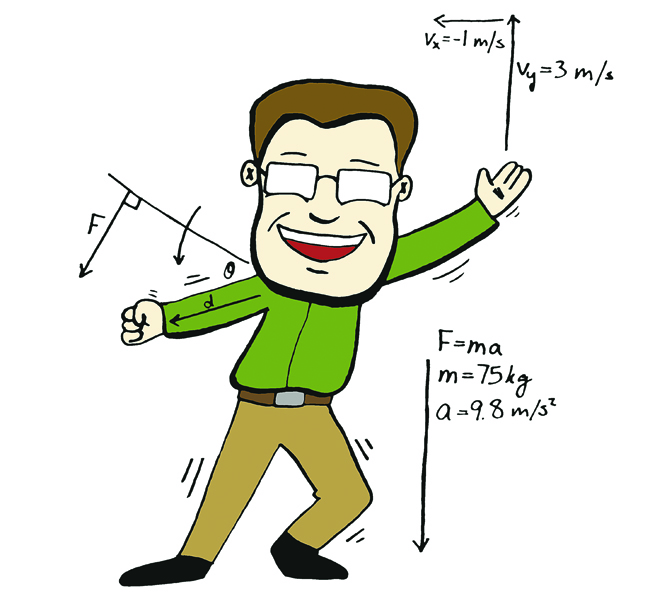Two UT alumnae are using video game technology to help students better understand math concepts.
Carmen Petrick Smith and Barbara King earned their Ph.D.s from UT in mathematics education. Together, they conducted a study using a Microsoft Kinect sensor, a type of technology used in video games that tracks movement, to examine how students use physical movement to learn math. For the study, Petrick Smith and King had students stand in front of the sensor and play a game that required them to analyze angle measurements. The sensor tracked students’ arm movements as they created different angles, and the screen turned different colors based on the student’ responses. The researchers found that students who participated in the game better understood the math concepts.
Petrick Smith said she thinks the hands-on nature of the game helps students better engage with math concepts.
“The classroom can be dominated by a lecture-based instruction model, and it’s hard for students to see that as relevant and for that to be engaging,” Petrick Smith said. “One way [to do that] is through games … to get students acting out math concepts with the Kinect.”
Piyush Khandelwal, computer science graduate student, said a Kinect sensor is useful for games involving precise movements because it captures the image of a room as well as objects in the room relative to that space.
“The sensor on the Kinect makes it easier to process information when compared to a regular camera,” Khandelwal said.
Petrick Smith said the objective of the Kinect game is for the students to develop a better understanding of the classification of geometric angles. Each new level gives them additional information about different types of angles.
King said she thinks using movement will help students understand more abstract math concepts and make the subject more exciting for them. King said the researchers want to try to bring the Kinect game into classrooms.
“The students were really excited to be using something that they’re used to playing with at their house or with their friends,” King said. “Now, the biggest thing is thinking about how we could use this activity with a full class.”
Jon Reidel, a communications specialist at the University of Vermont, said Kinect could be a useful tool for teachers.
“The kids like it, and the teachers love it because it helps [students] understand,” Reidel said. “It’s just another tool in the teacher’s kit, and it’s going to be very impactful in how we teach students math.”




















